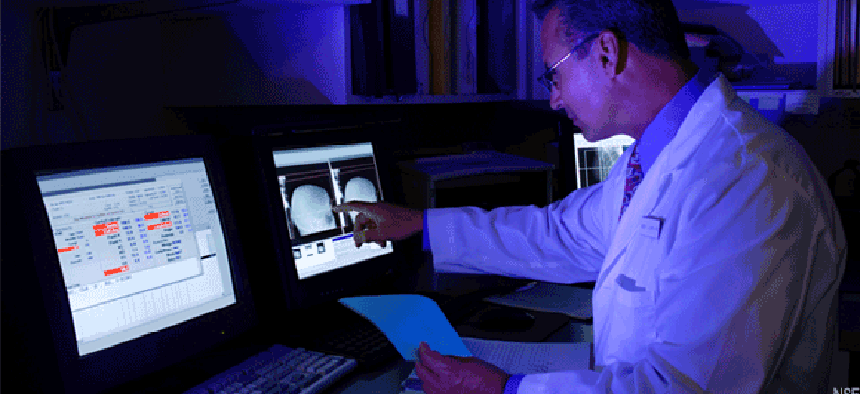Biosurveillance bulks up


Connecting state and local government leaders
Researchers from Defense Threat Reduction Agency have been working to beef up the nation’s biosurveillance capabilities to provide early warning to warfighters and first responders.
Researchers from Defense Threat Reduction Agency (DTRA) have been working to beef up the nation’s biosurveillance capabilities to provide early warning to warfighters and first responders.
The Obama Administration’s National Biosurveillance Science and Technology Roadmap identifies and prioritizes research and development needs with the goal of giving decision makers at all levels of government more accurate and timely information when biological incidents threaten health.
It calls on government, the private sector and non-governmental and international partners “to enhance existing biosurveillance capabilities and, where necessary, develop new ones that provide decision makers and responders with the essential information they need to mitigate impacts of threats to health and associated economic, societal, and political consequences.”
DTRA created its Biosurveillance Ecosystem (BSVE) to integrate timely, relevant data sources with an Analyst Workbench of tools help researchers detect, investigate and respond to biological threats, according to a DTRA newsletter.
DTRA’s Chemical and Biological Technologies Department officials said they believe BSVE will demonstrate an easy, defined process for rapidly introducing new data sources into the system and displaying them as part of the search results. It will also allow users to understand relationships among data and potential correlations allowing for disease prediction and forecasting.
A downloadable software developers kit (SDK) will allow for externally developed analytics to be integrated rapidly into the BSVE for use and will allow users, researchers, students, and citizens to participate.
Users can customize their BSVE Analyst Workbench to support their activities regardless of location, skill level, or resources. The workbench provides tools for data visualization, modeling and simulation, task management, report generation, hotspot maps and crowdsourcing.
Meanwhile, researchers at the Draper Laboratory are developing the Collaborative Overarching Multi-feed Biosurveillance System (COMBS), a system that will use a cloud-based network to gather public data from social media, blogs, search trends and open source information such as news and health information sources to monitor real-time conditions affecting human, animal, and environmental health.
Having COMBS’ data and tools in the cloud will facilitate broad data collection and allow researchers to conduct complex analytic calculations. Using an app-store approach for data and app provisioning, COMBS will provide a user-customizable, flexible analytic environment, allowing analysts unprecedented access to biosurveillance data that will enable real-time decision making by public health officials.
Additionally, the Pacific Northwest National Laboratory released a 2014 update to its product guide listing biodetection technologies. The updated digest provides a comprehensive compilation of commercially available detection devices and products published to help first responders when purchasing equipment and supplies needed to rapidly assess biological threats, according to the lab. PNNL is also nearing completion of its first round of independent biodetection technology performance evaluations.
NEXT STORY: Gartner: 10 trends for smart government




